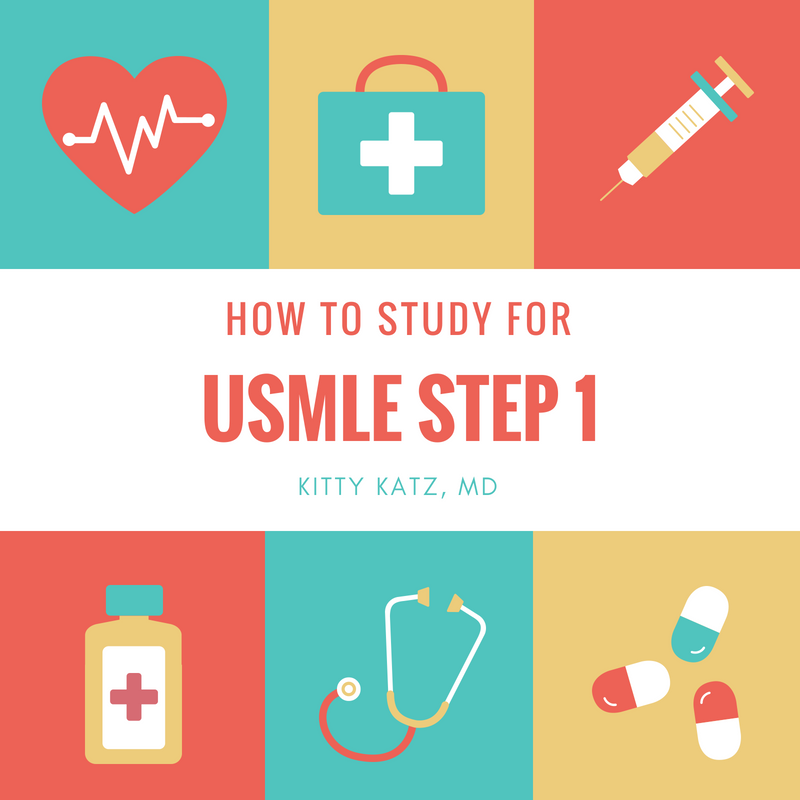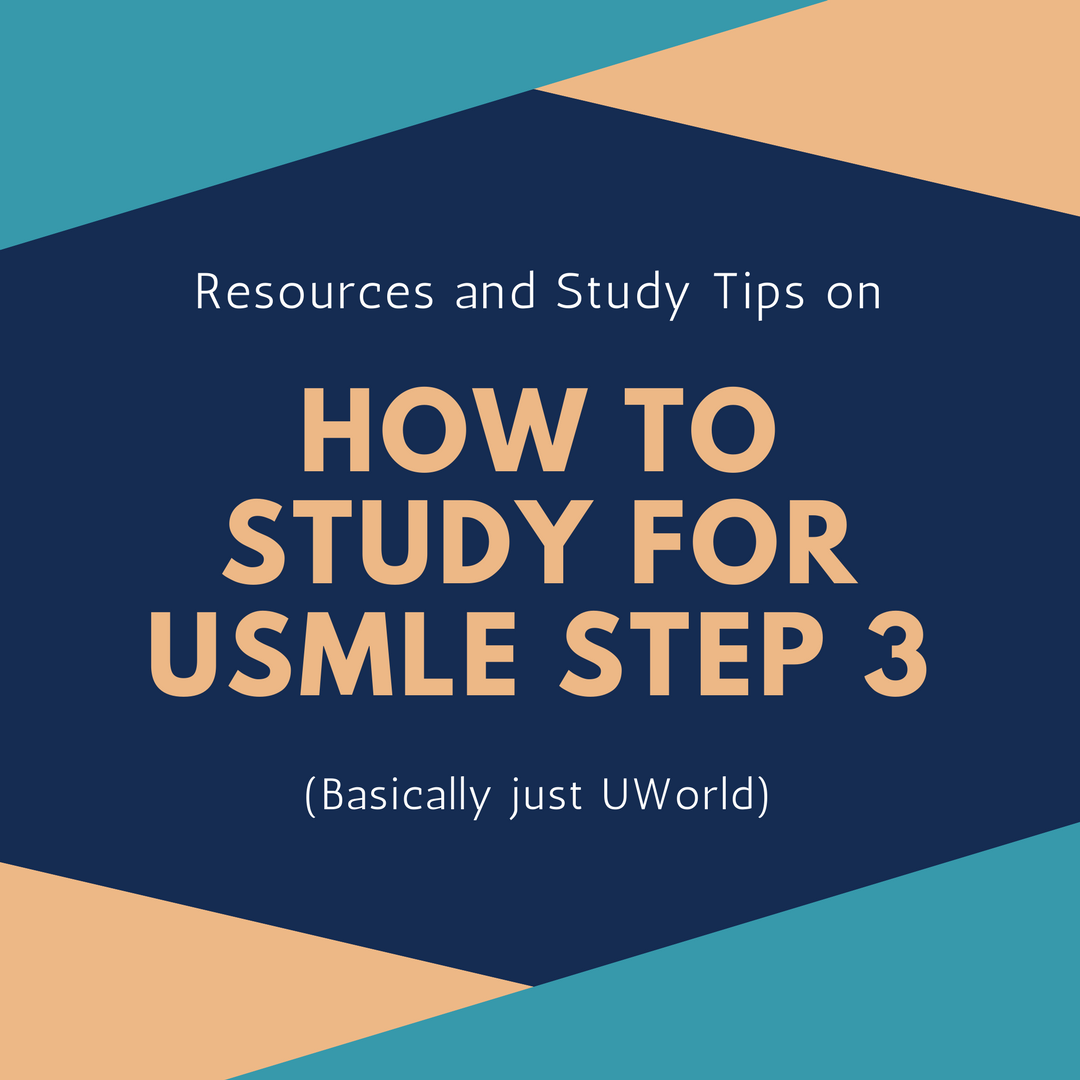I’ve been getting a lot of messages on Instagram about how to study for USMLE step 1 so figured I would put all of my answers into one concise blog post. First off, take my advice with a grain of salt. Actually, you take anyone’s advice on how to succeed in medical school with a grain of salt. What worked for me might not work for you. That being said, I hit my goal of getting a +240 score on USMLE step 1 and this is how I did it.
Step studying starts day 1 of medical school
I struggled a lot my first semester of medical school because I had to learn how to learn. Everything you see from day one of medical school can show up on your USMLE’s. So my biggest advice on how to study for step 1 or step 2 CK is to learn everything right the first time around. Remember that at the end of the day you aren’t studying to pass your classes. You’re studying for your step exams.
Start using question banks early
I’ve previously written about how to study in medical school, my favorite resources in medical school and my favorite resources for USMLE Step 2 CK. A recurring theme is question banks. Again I will reiterate 2 things: (1) that question banks are meant to challenge you to apply your knowledge and find gaps in your knowledge to then go back and study and (2) UWorld is the gold standard. Save UWorld for when you are truly in your two months of intense step 1 studying. But when you are in medical school I encourage you to use other question banks like Kaplan. I used Kaplan as a second year medical student while I tutored gross anatomy to supplement my knowledge base and show me the scope and depth that I truly needed to know for the test. Incorporate question banks as early as possible.
Use your resources consistently
Just like question banks the rest of your study resources are important tools for success. The more you use them the more valuable they become. For instance, if you plan on using Picmonic you should start using it early in medical school. It loses its value if you only start using it in the months leading up to USMLE step 1. Similarly, don’t stop using whatever resources you found valuable during medical school. If you used Pathoma then keep using it. If you used FirstAid then keep using it! And if you found that you didn’t like certain resources then don’t use them!
My background
If you don’t already know, I went to Ross University School of Medicine. Back when I started at this Caribbean medical school it was strictly an accelerated program. We did the first two years of medical school in 18 months (they now have a ‘slow’ track too). This gave me 2 full months of strict step 1 studying before I started third year clinical rotations. On top of those two months, we finished our last semester of 2nd year a month early to allow us to study for a comprehensive exam that we had to pass in order to leave the island. So I was refreshing my knowledge for one month before I started my non-stop, pedal to the metal step 1 studying.
My resources
I used everything that helped me succeed in medical school. That included the following:
Overall and daily schedule
I had 2 months of strict step 1 studying time. I used Doctors in Training (DIT) which acted as the backbone of my study curriculum. DIT created an awesome two month calendar for me. Inside that timeline I put one true weekend off for a snowboarding trip. Other than that I isolated myself and didn’t really go out much.
My daily schedule consisted of the following:
- 730am – 745am: review Picmonic
- 745am – 8am: review notes from yesterday
- 8am- 9am: 1 full UWorld question set
- 9am- 12pm: reviewing UWorld
- 12pm-1pm: lunch break
- 1pm – 5pm: 4 hours of DIT videos
- 5pm – 8pm: exercise, dinner, relax
- 8pm – 10pm: relax and passively review topics
I hope this helps! If you have any more specific questions drop them below. As always don’t forget to subscribe so you don’t miss my next post!
[button link=”http://wp.me/P31Asd-mT” icon=”envelope-o” color=”orange”]Subscribe![/button]



